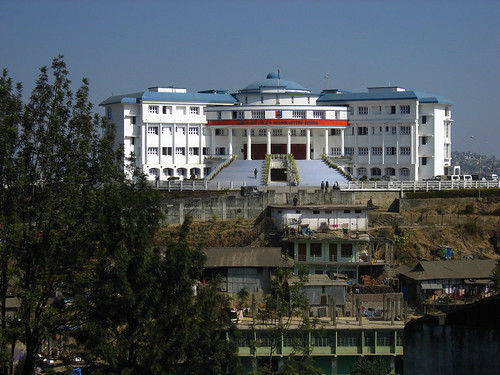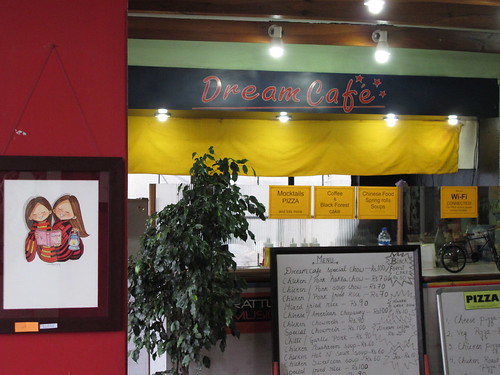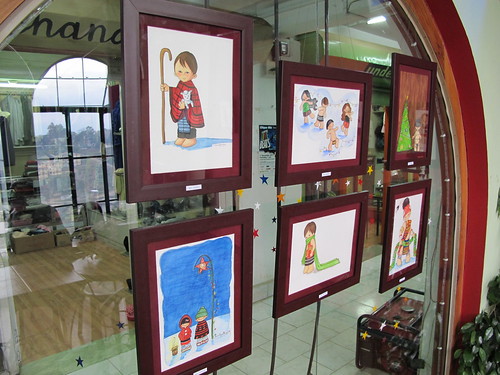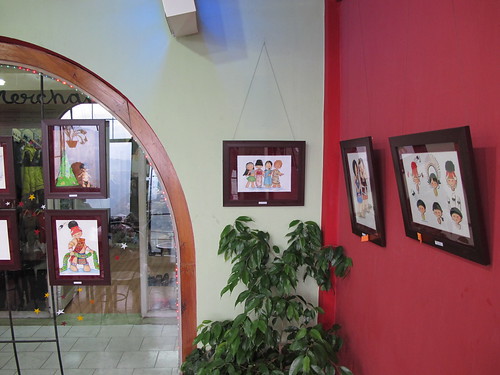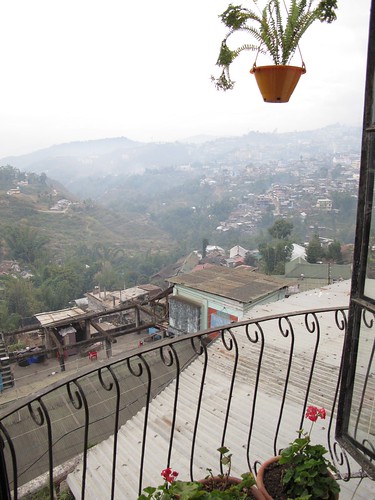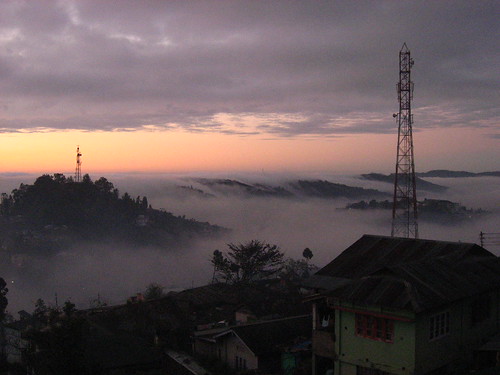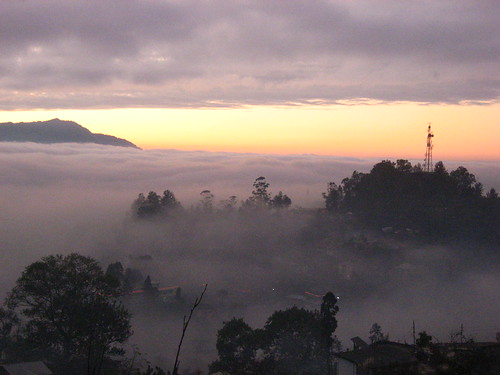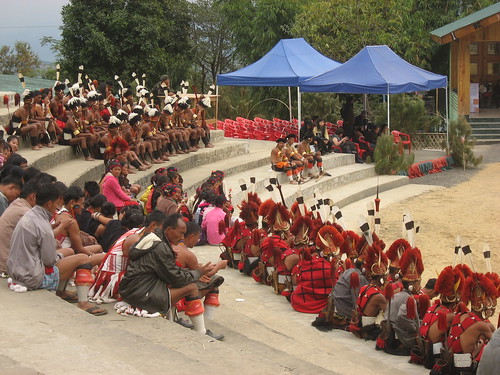Over the weekend, I was in Kohima, where a friend had invited me to come on a trip up to the summit of Mount Japfü. A friend of his was organising the climb. At 3044m, it's Nagaland's second highest peak (after Saramati). The starting point was Dimori Cover, which I estimate is about 1500m above sea level (Kohima is about 1400m).
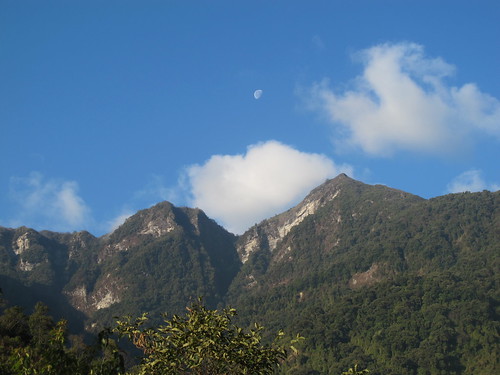
I wasn't quite sure what to expect. I wasn't particularly fit, especially having spent the past 2 months with barely any exercise and putting on weight from eating loads of pork fat. I realised the day before that it was also a climbing competition. Given my history of back and knee problems, I thought getting to the top would be competition enough for me.
The winner of the competition, who happened to come from my friend's village Khuzama, made it to the summit in a time of only 1h 22min.
In contrast, it took us (well me, mostly) 5 hours.
I was definitely not ready for the climb. The first part was easy enough.
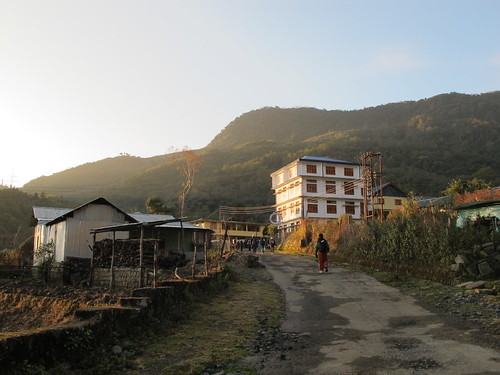
We then walked past jhum fields owned by the nearby village of Kigwema before we entered the forest. But the going got a bit tougher as the gradient got steeper. The path was also pretty slippery with mud from all the melted frost on the ground.
And once we got high enough, most of the terrain was covered in snow. It was pretty, and my friend was thrilled to see snow, but it didn't make the trail any less treacherous. Especially when most of the path was already pretty steep.

At some points, ropes had been laid because the path was practically vertical.
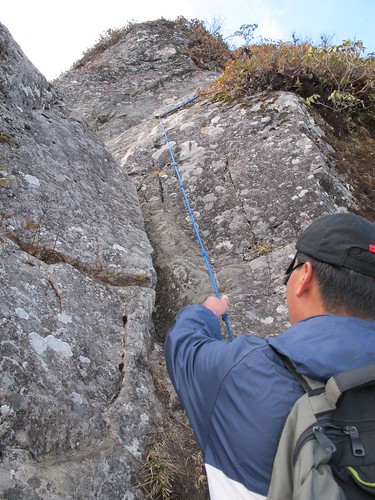
The scariest portion was this set of 'steps' cut into the rock. This was a practically vertical climb, with no safety equipment at all (apart from having a person below to cushion one's fall, which is not ideal). I suggested that the organisers could have set up a rope here, or better yet, a step ladder.
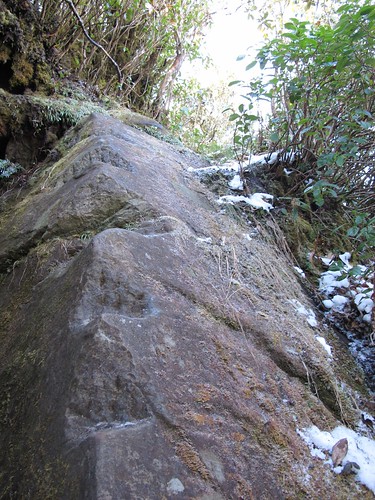
But with a lot of help from my friend, I somehow made it to the top.
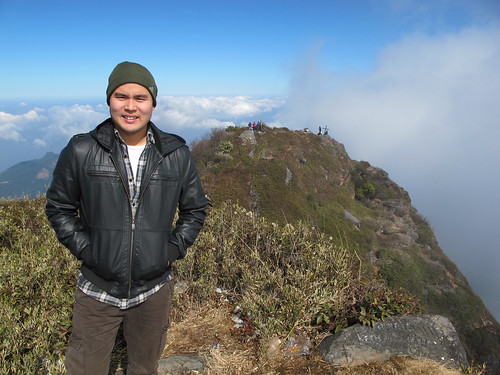

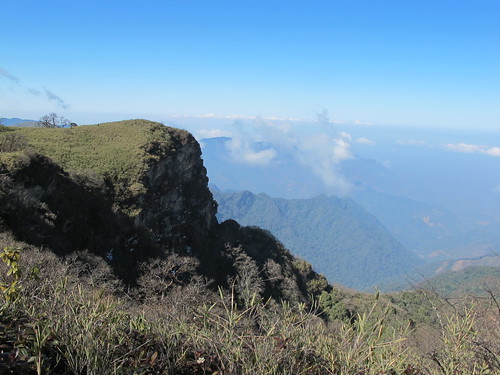

And it was definitely worth it for the view (as well as the bragging rights, and the little certificate they gave us at the top).
There's a little cross at the top, which I assume marks the peak.
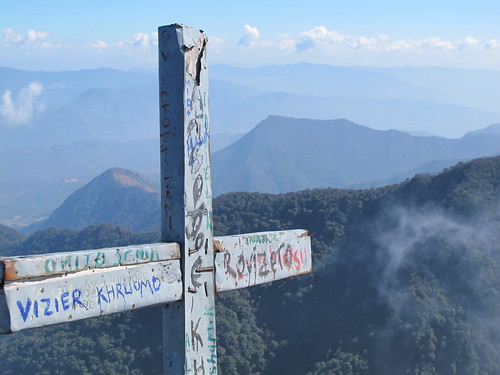
I was told you could see the Dzükou Valley from the peak, though I'm not quite sure if this photo shows the side of the mountain where the valley is located - I was way too tired when people were pointing it out to me.
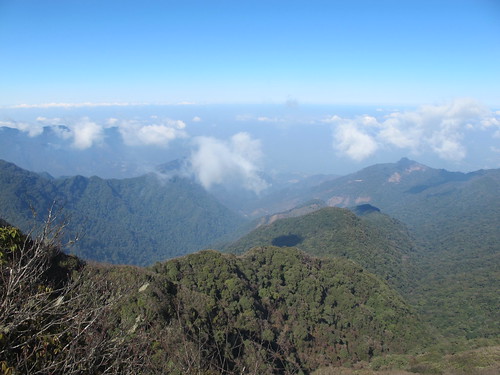
But I did note that we could see Kohima in the distance.
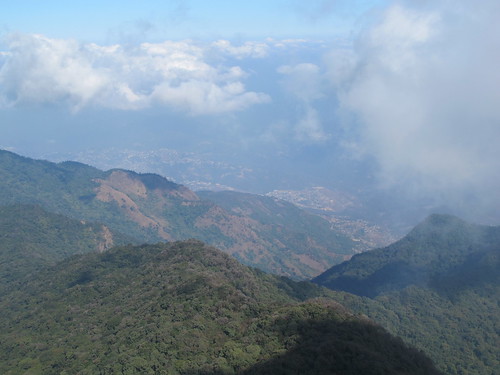
Coming down was another ordeal. After negotiating the near-vertical sections, I had trouble with the muddy path and kept slipping. I'm definitely not as surefooted as most people I know here and needed my friend's help a lot coming back down.
Thankfully we made it safely back down the mount. And the return journey only took us 3.5 hours!

I wasn't quite sure what to expect. I wasn't particularly fit, especially having spent the past 2 months with barely any exercise and putting on weight from eating loads of pork fat. I realised the day before that it was also a climbing competition. Given my history of back and knee problems, I thought getting to the top would be competition enough for me.
The winner of the competition, who happened to come from my friend's village Khuzama, made it to the summit in a time of only 1h 22min.
In contrast, it took us (well me, mostly) 5 hours.
I was definitely not ready for the climb. The first part was easy enough.

We then walked past jhum fields owned by the nearby village of Kigwema before we entered the forest. But the going got a bit tougher as the gradient got steeper. The path was also pretty slippery with mud from all the melted frost on the ground.
And once we got high enough, most of the terrain was covered in snow. It was pretty, and my friend was thrilled to see snow, but it didn't make the trail any less treacherous. Especially when most of the path was already pretty steep.

At some points, ropes had been laid because the path was practically vertical.

The scariest portion was this set of 'steps' cut into the rock. This was a practically vertical climb, with no safety equipment at all (apart from having a person below to cushion one's fall, which is not ideal). I suggested that the organisers could have set up a rope here, or better yet, a step ladder.

But with a lot of help from my friend, I somehow made it to the top.




And it was definitely worth it for the view (as well as the bragging rights, and the little certificate they gave us at the top).
There's a little cross at the top, which I assume marks the peak.

I was told you could see the Dzükou Valley from the peak, though I'm not quite sure if this photo shows the side of the mountain where the valley is located - I was way too tired when people were pointing it out to me.

But I did note that we could see Kohima in the distance.

Coming down was another ordeal. After negotiating the near-vertical sections, I had trouble with the muddy path and kept slipping. I'm definitely not as surefooted as most people I know here and needed my friend's help a lot coming back down.
Thankfully we made it safely back down the mount. And the return journey only took us 3.5 hours!
